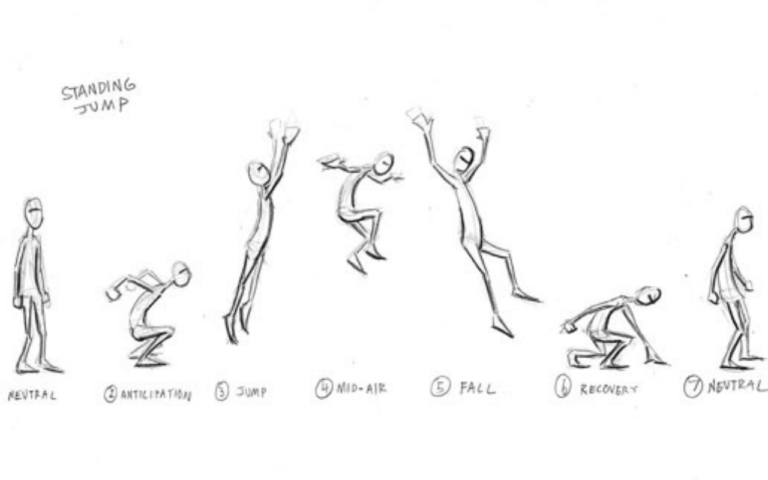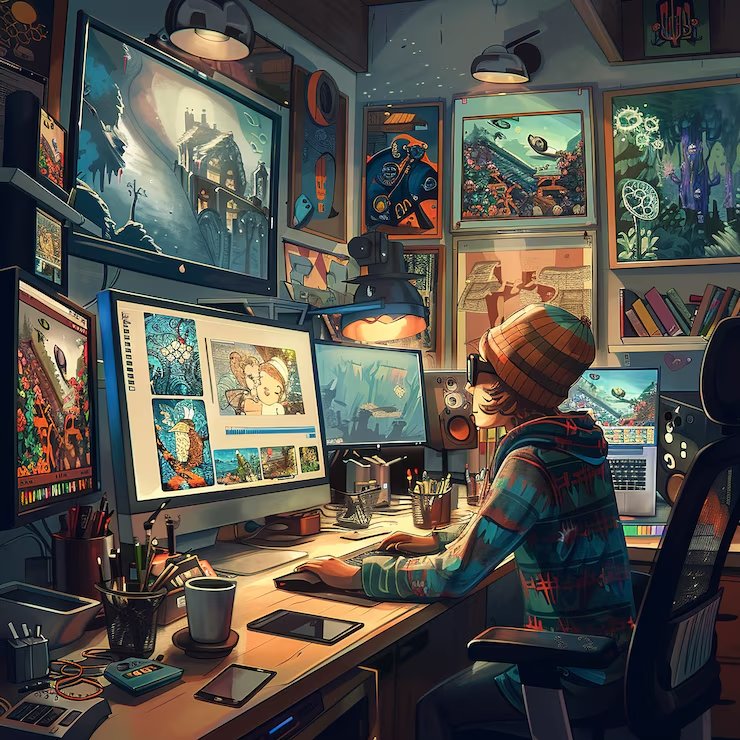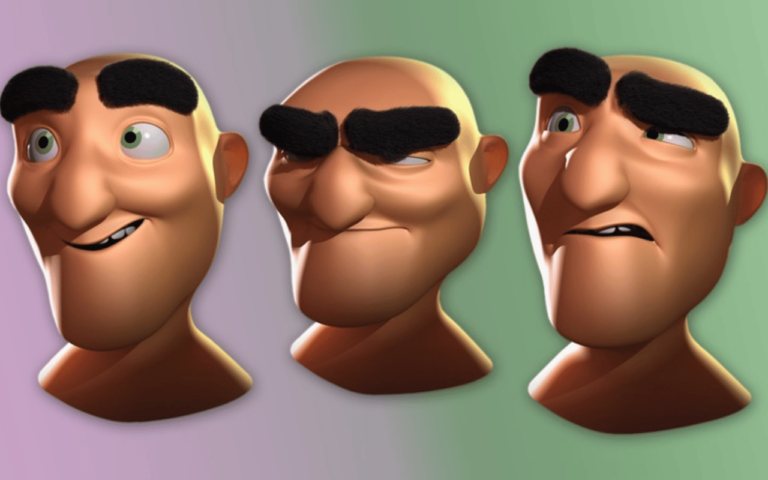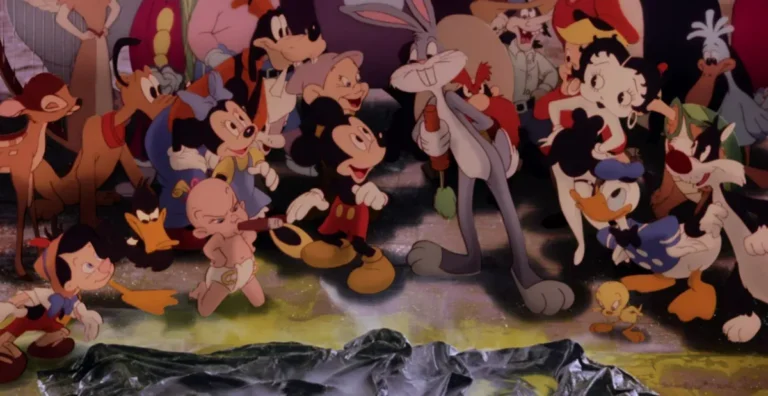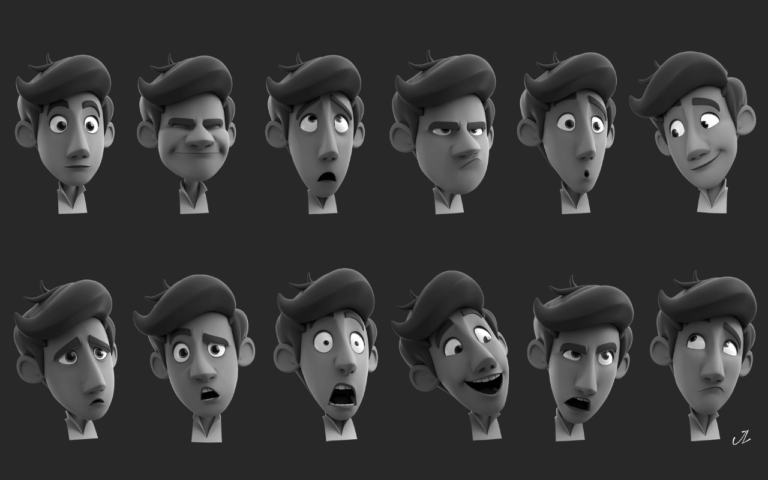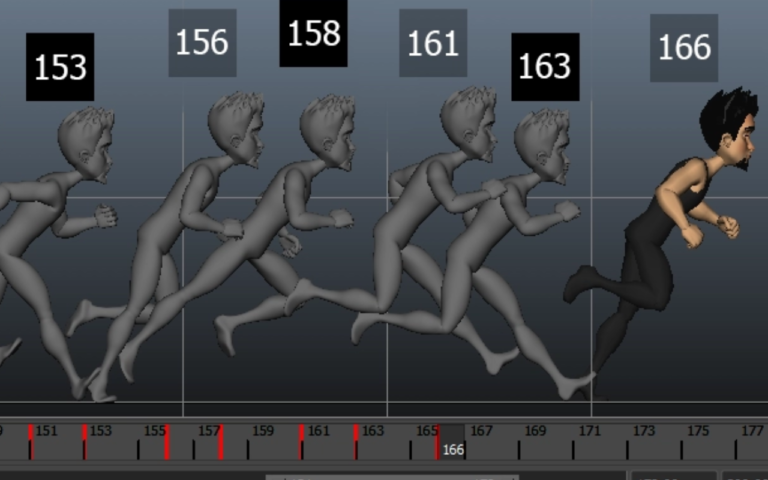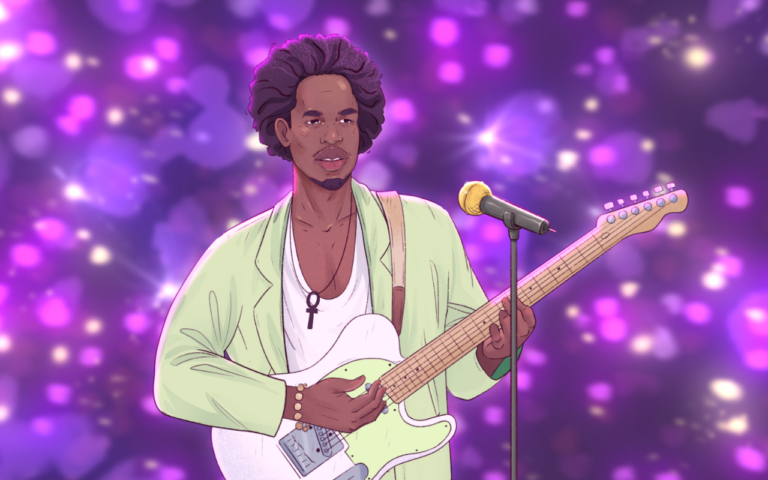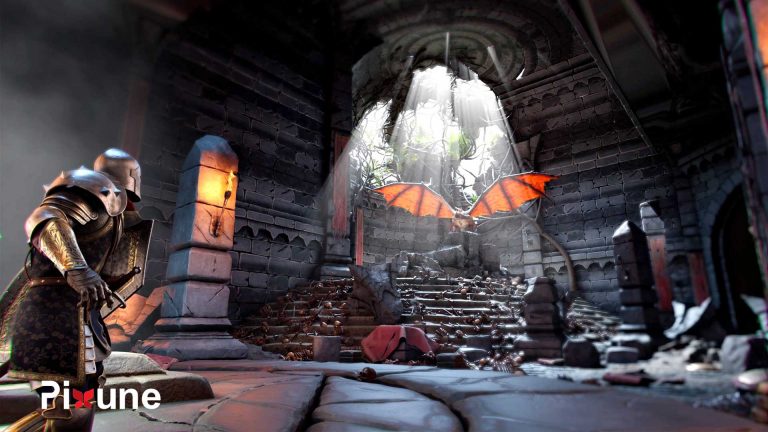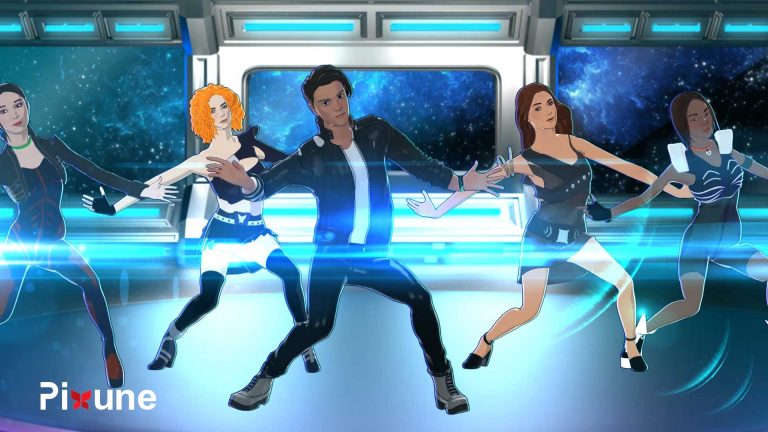The 2D animation pipeline is a set of workflows and processes that are followed to create a 2D animation. The pipeline usually starts with the idea or concept, which is then developed into storyboards. Once the storyboards are approved, the next step is to create the animatic. After the animatic is approved, the next step is to start working on the actual animation. There are many different ways to go about animating a 2D project. The most important thing is to find a method that works best for you. In this blog post, we will explore some tips on how to create a practical 2D animation pipeline.
A Recap on What 2D Animation Is
2D animation is the process of creating static or moving images by means of manipulating digital image data. It can be used to create both still and animated graphics for use in a variety of applications, such as web designing, games development, advertising, film, and television production.
The first step in creating a 2D animation is to decide on the purpose or message that you want to communicate. Once you have a clear idea of what you want to achieve, you can start planning the individual frames or scenes that will make up your animation. To create a basic animation, you will need at least two images – one for the starting point, and one for the endpoint – but you can add as many intermediate frames as you like to create a more complex animation.
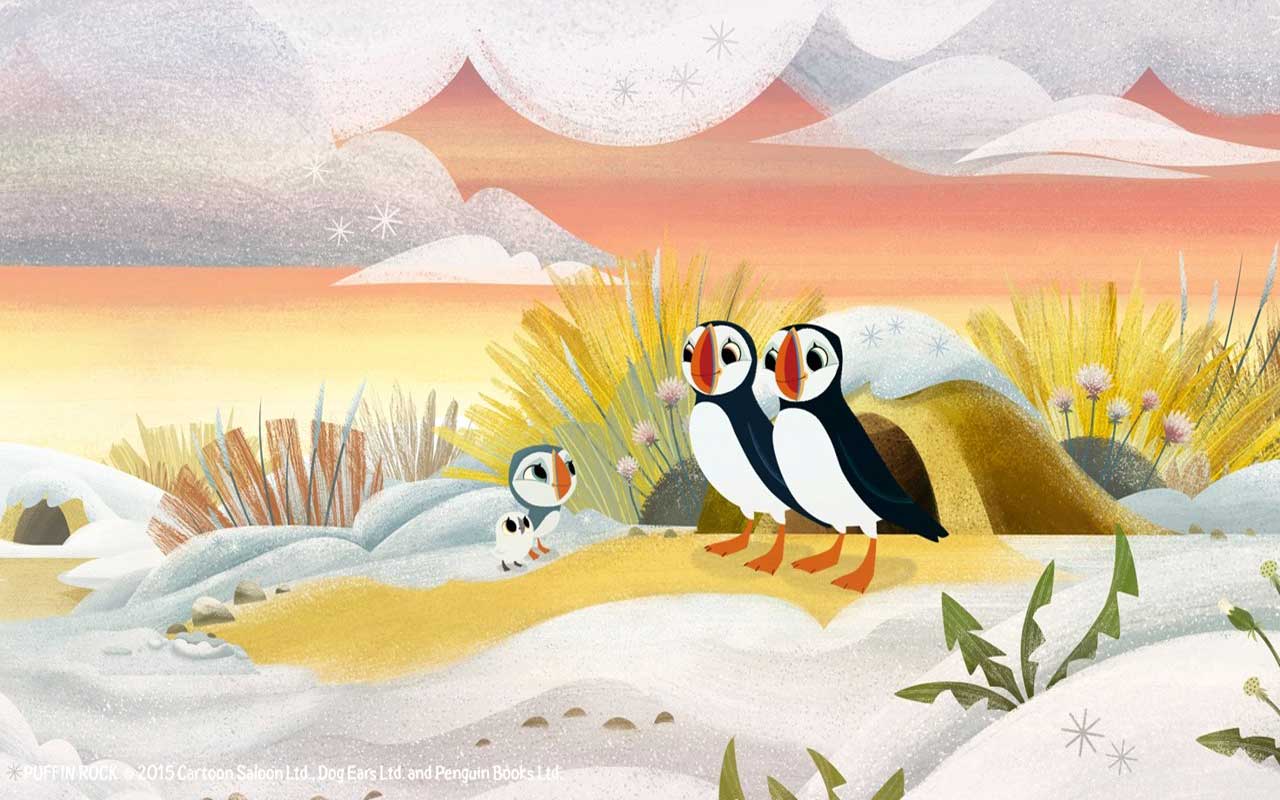
Once you have your sequence of images ready, you need to decide on the order in which they will be played back. This is known as the ‘animation timeline’. The most common format for 2D animations is “frame by frame”, where each scene is played back in order from start to end. However, there are other formats that can be used, such as ‘keyframing’, where only selected scenes are played back in order.
Once you have decided on your timeline, you need to start creating individual frames or scenes. This can be done using traditional hand-drawing techniques or digital painting and drawing software. Once each scene is complete, it needs to be saved as an image file. Here is a video about 2D animation which you may find useful.
The Benefits of 2D Animation
2D animation is a powerful medium that can be used to communicate ideas and stories in different ways. The benefits of 2D animation include its ability to engage audiences, its potential for creating emotionally compelling narratives, and its flexibility.
2D animation has the ability to engage audiences in a way that live-action cannot.
The medium allows for a level of abstraction and distance from reality that can be both captivating and thought-provoking. Additionally, 2D animation can be used to create emotionally compelling narratives. The use of stylized visuals and sound can create an immersive experience that engages viewers on an emotional level. Finally, 2D animation is flexible in terms of style and approach. This means that it can be used to tell any kind of story, regardless of genre or tone.

Different Types of 2D Animation Pipeline
2D animation pipelines generally fall into one of two categories: raster or vector. Raster-based animation is created by taking individual images, or frames, and stringing them together to create the illusion of movement. This can be done by hand, but it is more often done with the help of computers and software that automate the process.
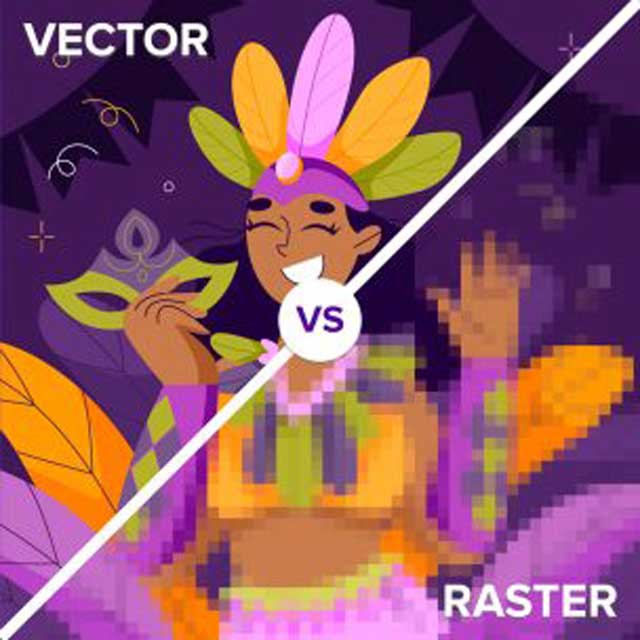
Vector-based animation, on the other hand, relies on mathematical representations of shapes and colors to create its images. This type of animation is often seen in cartoons and video games.2D animation pipelines generally fall into one of two categories: raster or vector.
Raster-based animation is created by taking individual images, or frames, and stringing them together to create the illusion of movement. This can be done by hand, but it is more often done with the help of computers and software that automate the process. Vector-based animation, on the other hand, relies on mathematical representations of shapes and colors to create its images. This type of animation is often seen in cartoons and video games.
Both types of 2D animation have their own advantages and disadvantages. Raster-based animation tends to be more realistic, while vector-based animation is more flexible and easier to change. Ultimately, the choice of which type of 2D animation to use depends on the needs of the project.
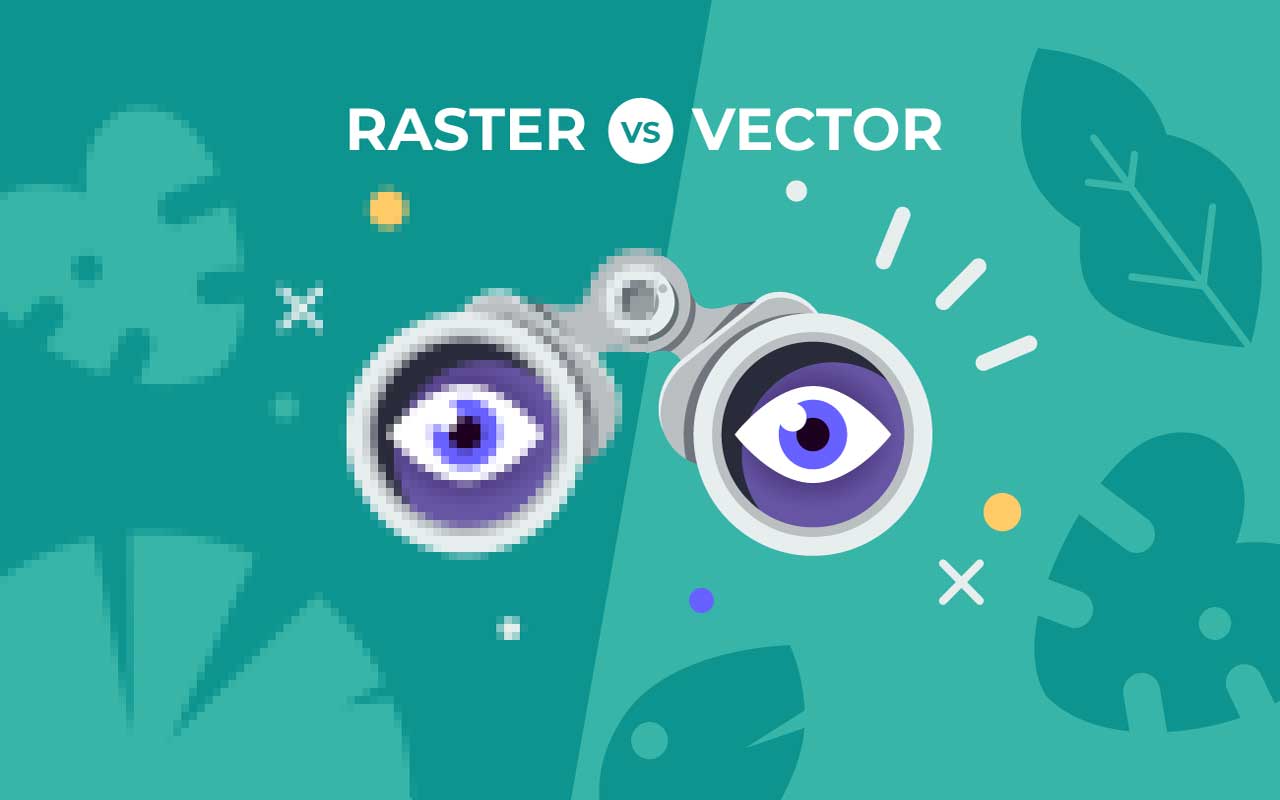
The stages of creating a 2D animation pipeline
2D animation is a technique used to create animated images or movies by sequentially drawing or photographing 2D images or models. It is one of the most popular methods of animation and has been used to create some of the most iconic cartoons and films of all time. The process of creating a 2D animation pipeline can be divided into four main stages: pre-production, production, post-production, and distribution. They are as follows:
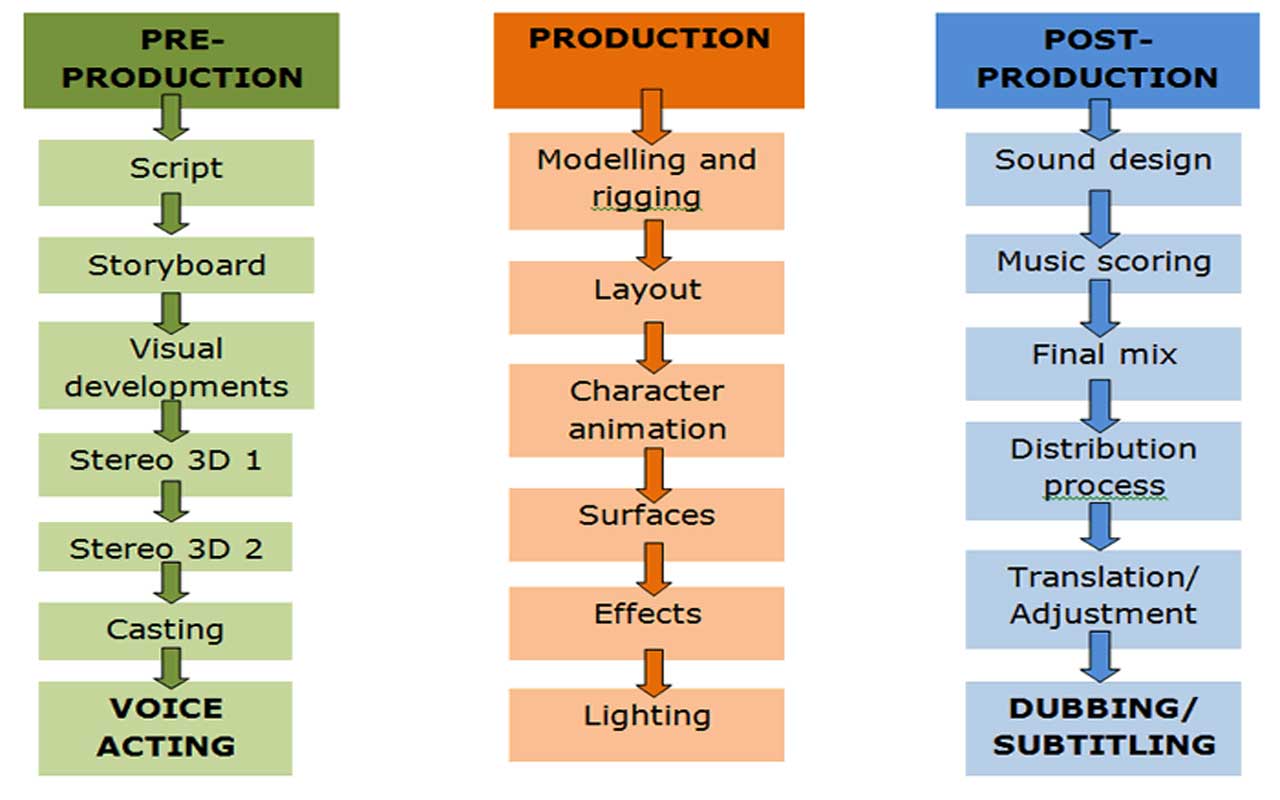
Pre-production
It is the stage where the initial idea for the animation is developed and fleshed out. This is where the storyboard and script are created, and the characters and world of the animation are designed. The production pipeline starts with pre-production, which includes the following: storyboard development, character concept work, and a first-time animation reel. Once the pipeline is set up, then it’s time to move on to production.
Production
Production is the stage where the actual animation is created. This is where the frames are drawn or photographed, and the voice acting and sound effects are recorded. A 2D animation production pipeline is a structured series of activities carried out by individuals using their 2D animation expertise and the proper animation software to finish an animated film for an animation customer.
Post-production
At this stage, the final touches are added to the animation. This is where any necessary editing is done, and the music and sound effects are added. The work does not end once the film has been formatted for TV. There are still audiovisual aspects to be added, such as specific editing software and rendering the final output. Even after all the tweens have been colored, the animation is still far from complete. Sound effects need to be added as well as visual effects like glows or hazes.
As explained, animation pipeline takes a detailed plan. While all three stages are done, the time for distribution comes. It is the stage where the finished animation is released to the public. This can be done through television, film, online platforms such as YouTube or Vimeo, or even through video games. If you want to get started in this career, it’s important to know what’s involved with each stage and how they relate to one another.
You can also compare 2D with 3D animation by reading the following article.
Tips for Creating a Fascinating 2D Animation
2D animation is an essential part of the creation process, and there are a few key points to keep in mind when creating your own 2D animations.
1. Start with a strong story: A good story is the foundation of any successful animation, so take the time to develop a compelling plot and interesting characters.
2. Keep it simple: When it comes to 2D animation, less is often more. Focus on creating clear, concise visuals that tell your story effectively.
3. Pay attention to detail: The small details can make a big difference in your animation, so be sure to pay close attention to every aspect of your work.
4. Be patient: Creating a successful 2D animation takes time and patience, so don’t expect to finish your project overnight. Allow yourself ample time to complete your project and make revisions as needed.
5. Have fun: Remember that animation is meant to be enjoyed, so have fun with it! Let your creativity shine through and enjoy the process of bringing your vision to life.
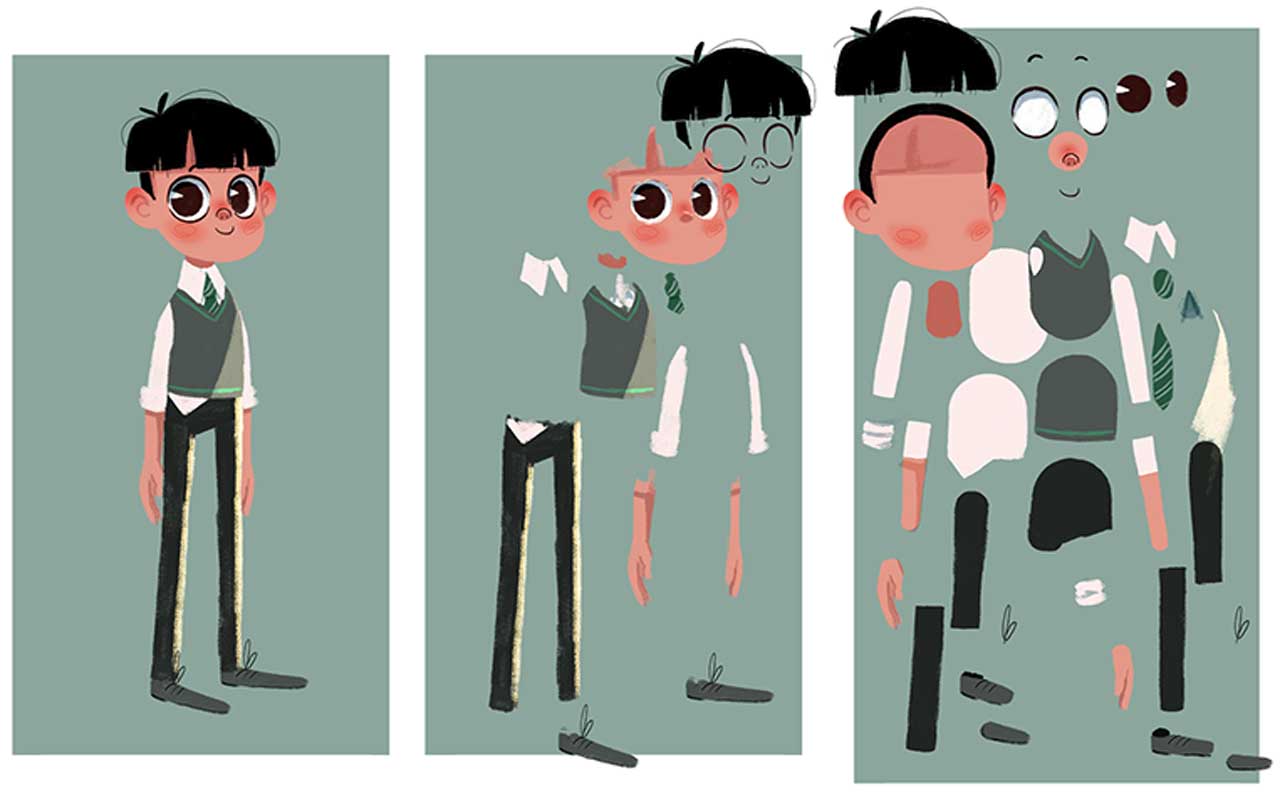
How to Get Started in 2D Animation?
2D animation is an incredibly rewarding and challenging field to get into. It can be a great career choice for those with a passion for art, storytelling, and creativity. Getting started in 2D animation can seem like a daunting task, but it doesn’t have to be! Here are some tips to help you get started on your journey into the world of 2D animation:
1. Do your research: Before you start down the path of becoming a 2D animator, it’s important to do your research and make sure that it’s the right fit for you. There are many different aspects to animation, from the technical side to the creative side. Make sure you understand what will be expected of you before you take the plunge.
2. Find a good training program: Once you’ve decided that 2D animation is right for you, it’s time to find a good training program. There are many different ways to learn animation, but finding a quality program is essential if you want to be successful in this field. Do some research and find a program that fits your needs and budget.
3. Start practicing: The best way to learn anything is by doing it yourself. So once you’ve found a good training program, start practicing! There are many free online resources available that can help you get started making your own animations. Experiment and have fun with it – there’s no wrong way to animate!
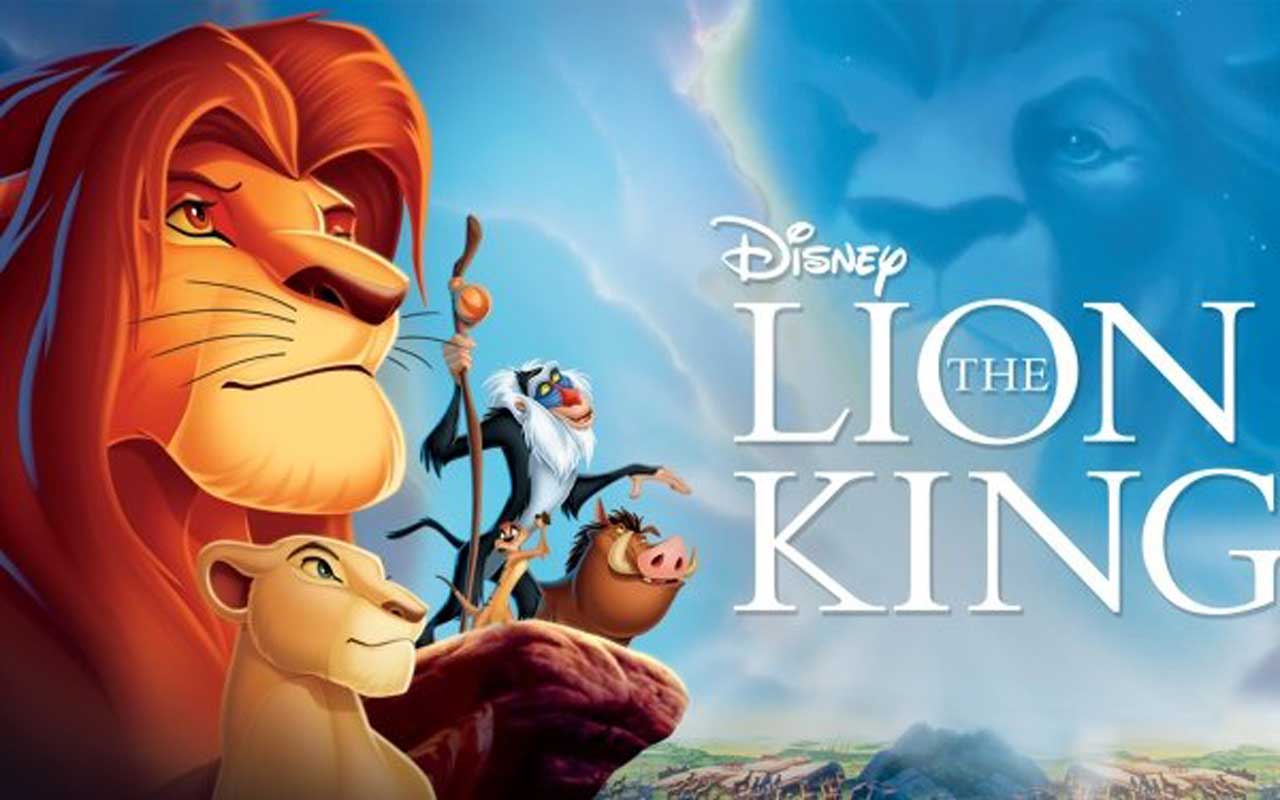
Conclusion
2D animation is a complex and time-consuming process, but with these tips, you can streamline your workflow and create better animations in less time. If you’re new to 2D animation, start with the basics and work your way up to complex animations. And don’t forget to have fun — after all, that’s what animation is all about!
